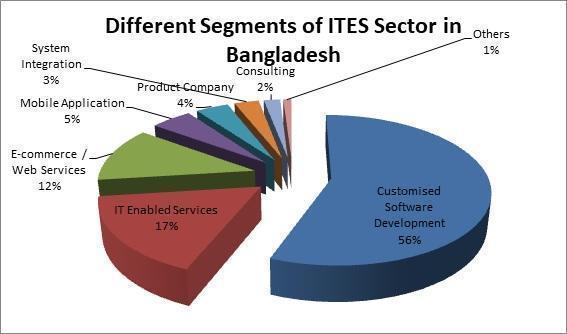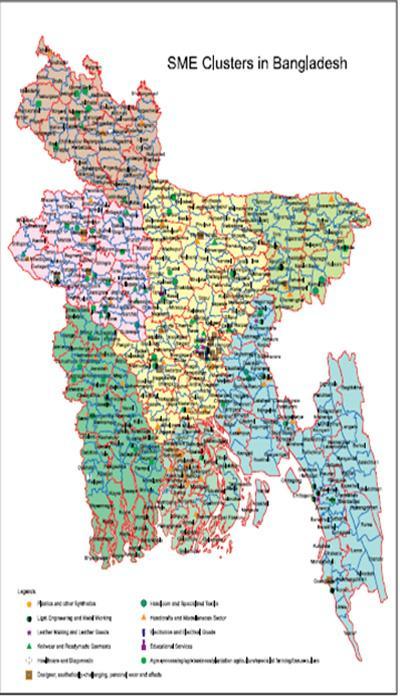How to select most earning niche for blogging?
How to select most earning niche for blogging? Md. Joynal Abdin* Business Consultant & Digital Marketer Co-Founder & CEO of Bangladesh Trade Center The niche of a blog refers to the specific topic or subject matter that the blog focuses…
Read More








![Business Consultants in Strategic Planning for Small Businesses [Part-2]](https://bangladeshtradecenter.com/wp-content/uploads/2023/07/Business-Consultant-Digital-Marketer.jpg)


 by
by